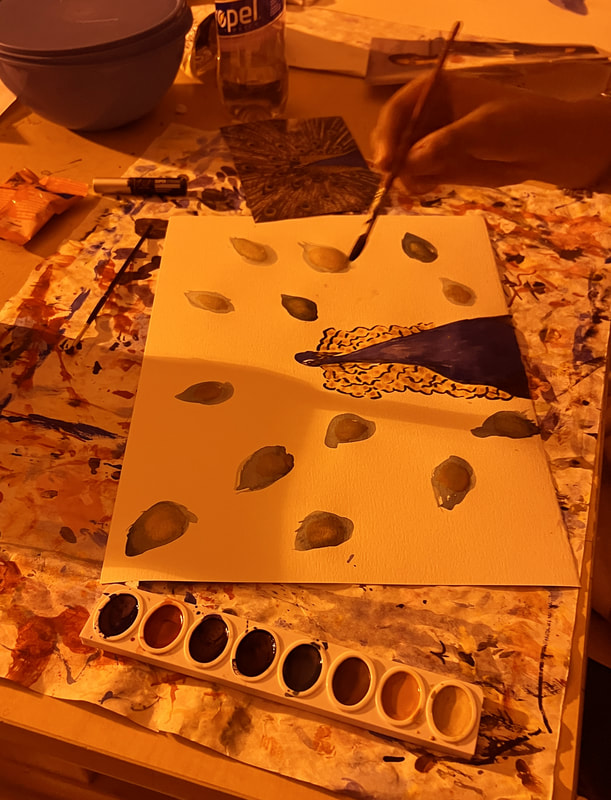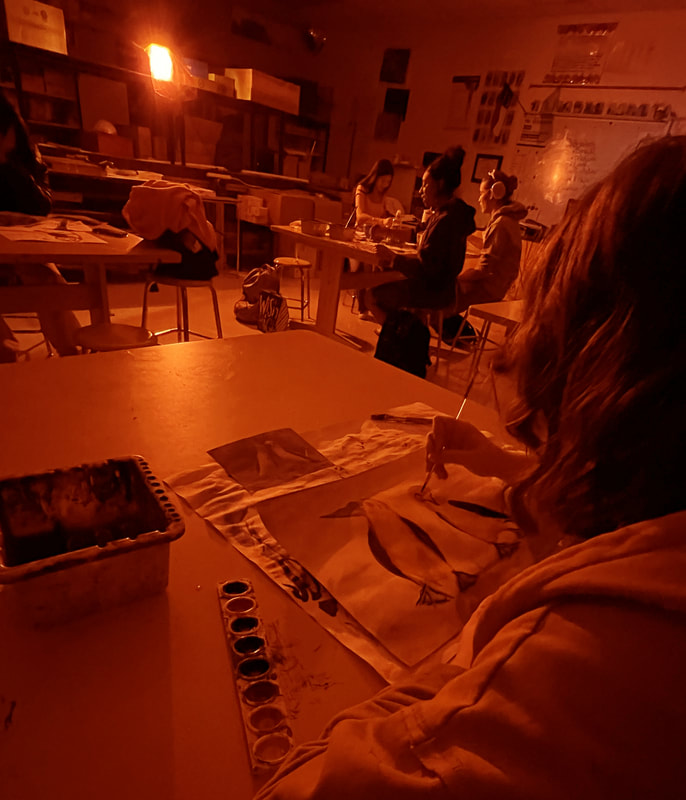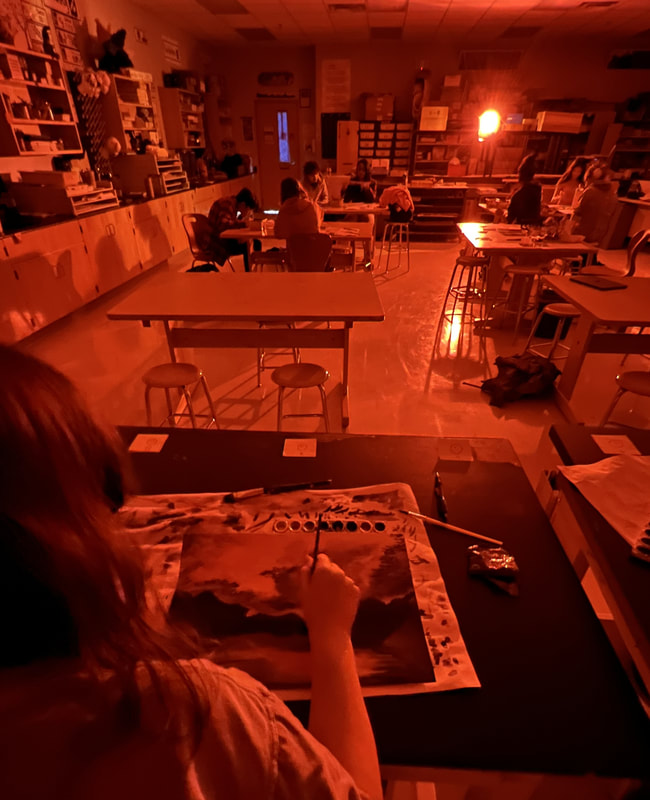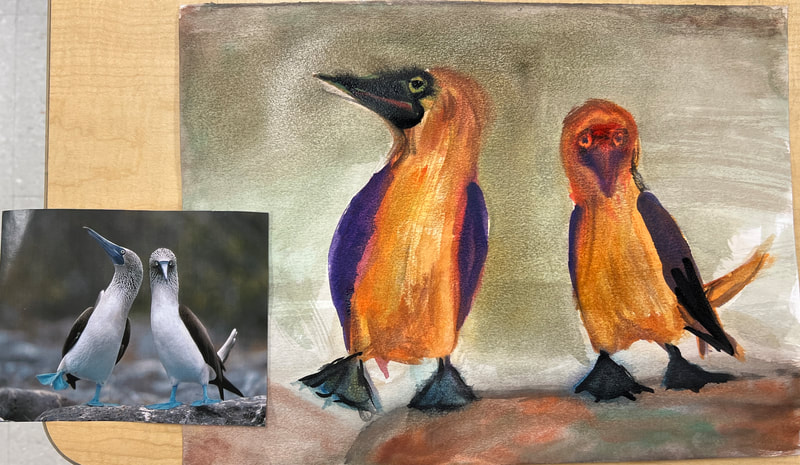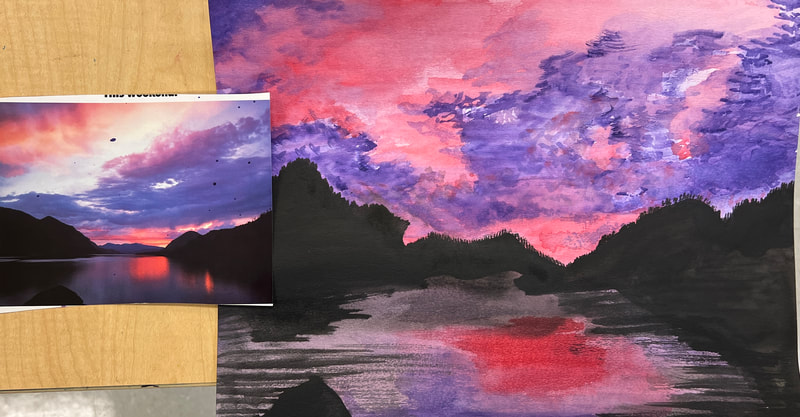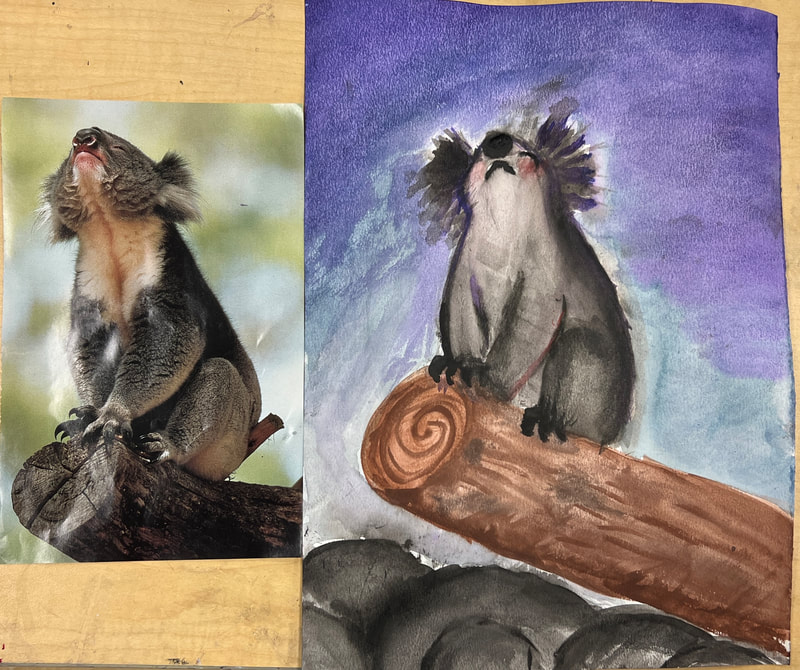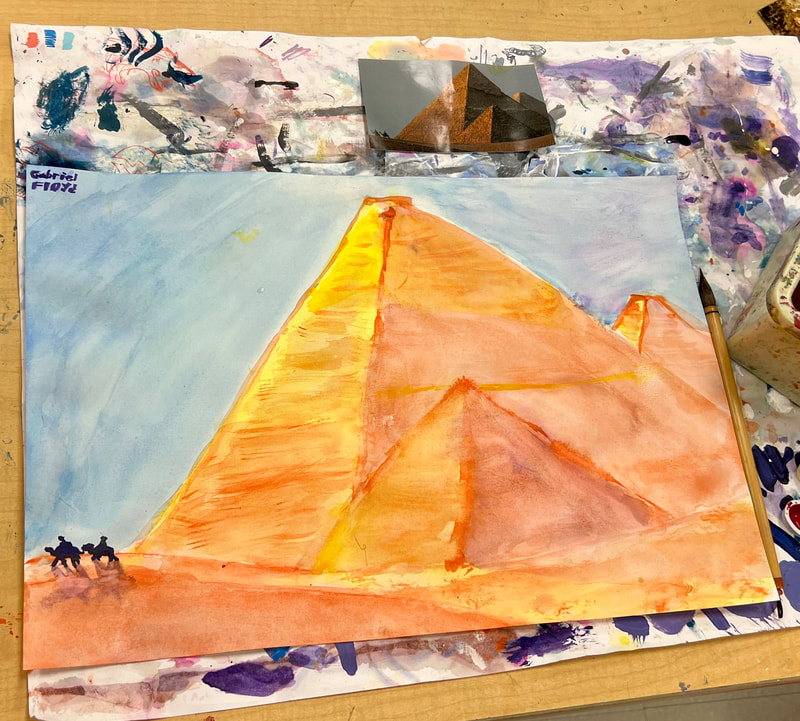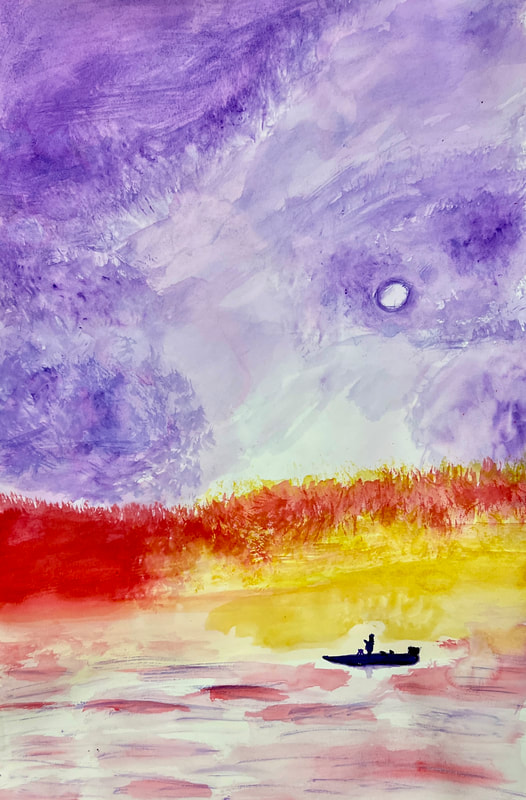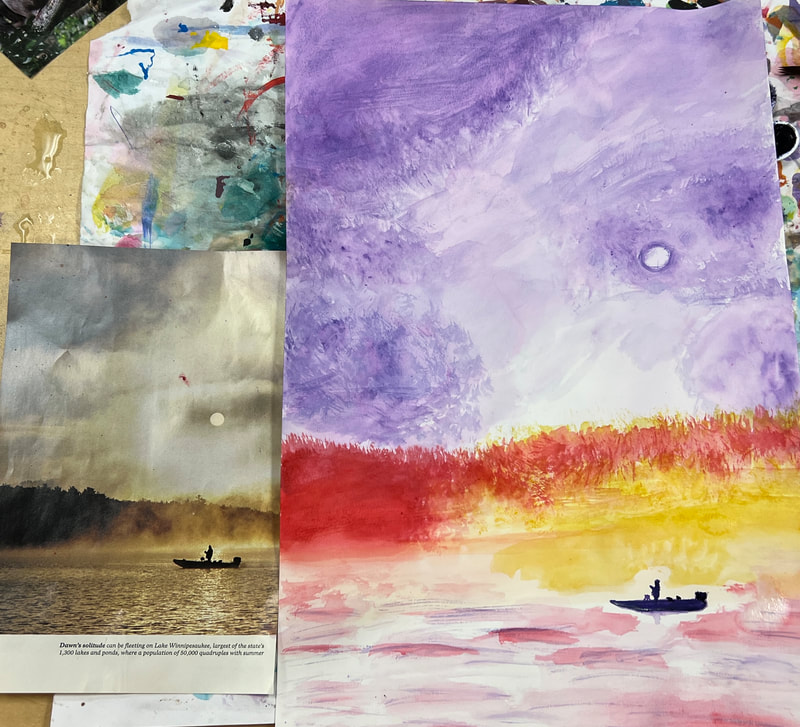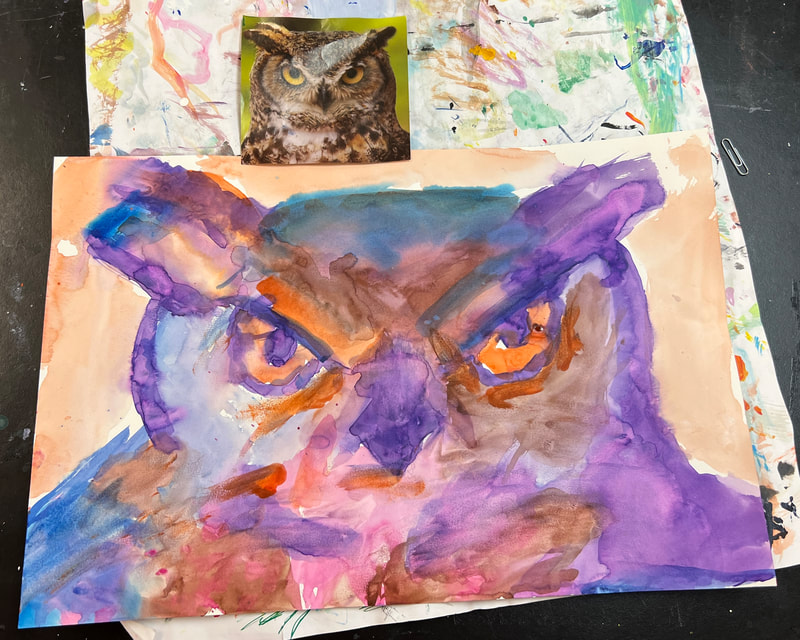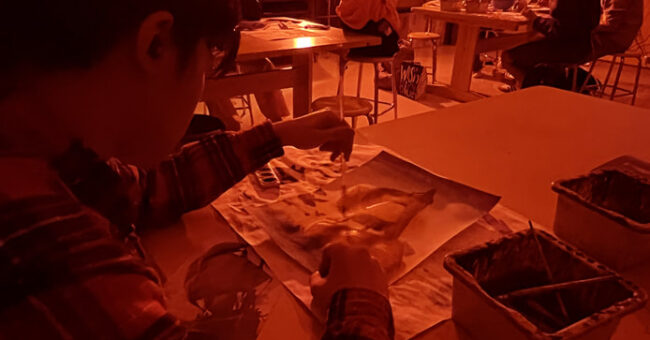
We know that color is reflected light, and because our sun produces white light, we can see a vast spectrum of colors. This TED-Ed video explains it well. However, not everyone can perceive the full range of colors—particularly individuals with color blindness.
Fortunately, we can replicate this experience using a high-pressure sodium lamp. I purchased this one on Amazon. It requires rewiring to function with a standard classroom outlet, but the instructions guide you through adapting it for 110V electricity. Inside the unit, you’ll find wires labeled 277V—these need to be disconnected and replaced with those labeled 110V. Simply swap them using a screwdriver. Then, connect an old power cord by matching the colors and securing them tightly with electrical tape. If this process seems daunting, ask a science teacher or a parent familiar with basic wiring for assistance.
Preparing Materials for the Class
With the sodium lamp set up, I prepare materials for 25 students:
- Reference Images: I select 100 images from old magazines (animals, landscapes, etc.) and store them in a folder.
- Watercolor Sets: I disassemble all my watercolor sets and mix the colors in a box.
- Material Station:
- Placemat
- One brush
- Water container
- Watercolor paper
As students set up, I power on the sodium lamp.
The Experiment Begins
Once students have their materials, I cover the windows and turn off all other light sources, leaving only the sodium lamp on. To enhance the effect, you can cover the lamp with a sheet of red or orange cellophane if available.
Only at this point do I explain the lesson. I have approached it in two ways:
- Sci-Fi Scenario: We imagine being on an alien world with an unusual sun.
- Color Blindness Awareness: We discuss color perception, light wavelengths, and the experience of visually impaired individuals.
(Younger students tend to enjoy the imaginative, “let’s pretend” scenario.)
Alla Prima Painting Under Sodium Light
I introduce the Alla Prima technique, which means “at first” in Italian. It refers to completing a painting in one session, applying wet paint directly onto paper without sketching.
Now, students pick five colors from the mixed-up box and select an image to paint. To keep things moving, I count down from five to encourage quick decision-making. All of this happens under the sodium light, making color selection a challenge!
I set a playful tone, reminding students:
“Wouldn’t it be fun if you ended up with a green sky and red grass?”
This is an experiment, and the big reveal happens when we turn the lights back on.
My students embraced the challenge! Some carefully attempted to pick “correct” colors, while others fully embraced the chaos of randomness. The results were stunning—some paintings featured surprising and unexpected color combinations.
Beyond the fun, this experience fostered greater empathy for those with visual impairments. Some of the most fascinating artwork emerged from students who let go of expectations and embraced creativity.
What a joy it was!

